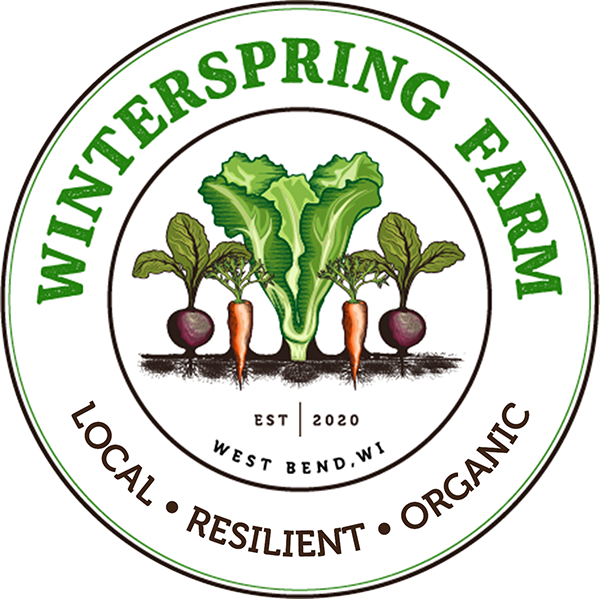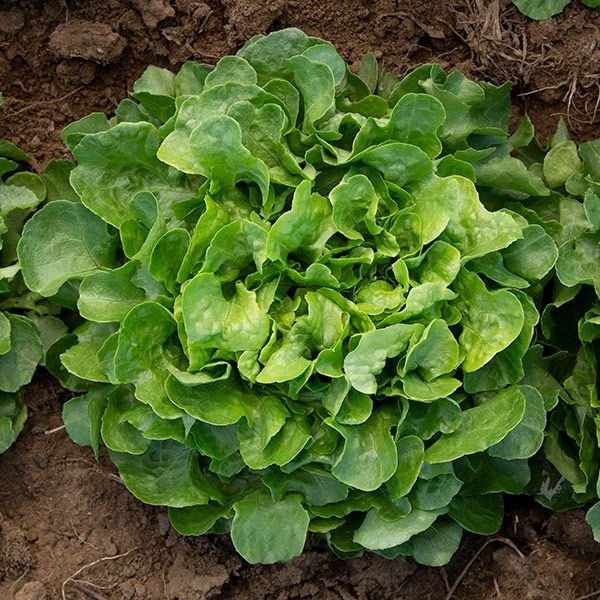Lettuce
Culinary Use, Storage, & Benefits
Vegetable Profile: Lettuce
Description
Lettuce is one of the most popular crops we grow. As a member of the Asteraceae, or Sunflower family, it loves our loose, well-drained soil. We love its wide variety of colors, textures, and uses! Iceberg lettuce just can’t compare to the juicy crunch and delicate flavor of each of the unique varieties that we grow. We hope you “lettuce” steal the spotlight on your plate with these delicious leaves! Types of lettuce we grow include butterhead, loose-leaf lettuce, romaine, and summer crisp varieties. We also offer salanova salad mix, one of our most popular items at market.
Nutrition
Lettuce with more pigment and flavor signifies more potent nutritional properties. Its bitter-sweet flavor lends itself as a digestive aid, and its cooling nature helps tame inflammation. The white sap of mature lettuce is known to support healthy breastmilk production, and it serves as a good source of magnesium. Its high silicon content makes it an excellent tonic for the pancreas. It has a calming effect on the nervous system.
Storage
Lettuce is harvested at a young and tender stage, so it must be stored in the fridge in a waterproof container to prevent wilting. With proper storage, whole head lettuce can last for up to a week, while cut salad mix will last at least 5 days. We often hear that it lasts longer. We always advise folks to wash their produce before they eat it, even if it’s a bagged item like salad mix.
Use
The fact that we grow so much lettuce means that we have experimented with it and found that there are more ways than one to eat lettuce: raw AND cooked!
Raw:
Gently separate leaves from the stem (if it’s head lettuce) and rinse lettuce in a colander
Drain and lay the leaves in a dishtowel
Grab up all 4 corners of the dish towel and swing the lettuce dry in a windmill motion outside (or use a salad spinner).
Chop into bite-size pieces. From there, you can either make salad or use it on a sandwich or burrito.
Cooked: Mature, large-leafed lettuce actually makes a very lovely sauteed green. Follow the first 3 steps above, and simply incorporate it in a stir fry, omelet, or make a cooked green side dish with olive oil, soy sauce, and garlic added.
Sources:
The New Whole Foods Encyclopedia by Rebecca Wood
Asparagus to Zucchini by Fairshare Coalition
Produce: A fruit and vegetable lover's guide by Bruce Beck
Our own experience!







